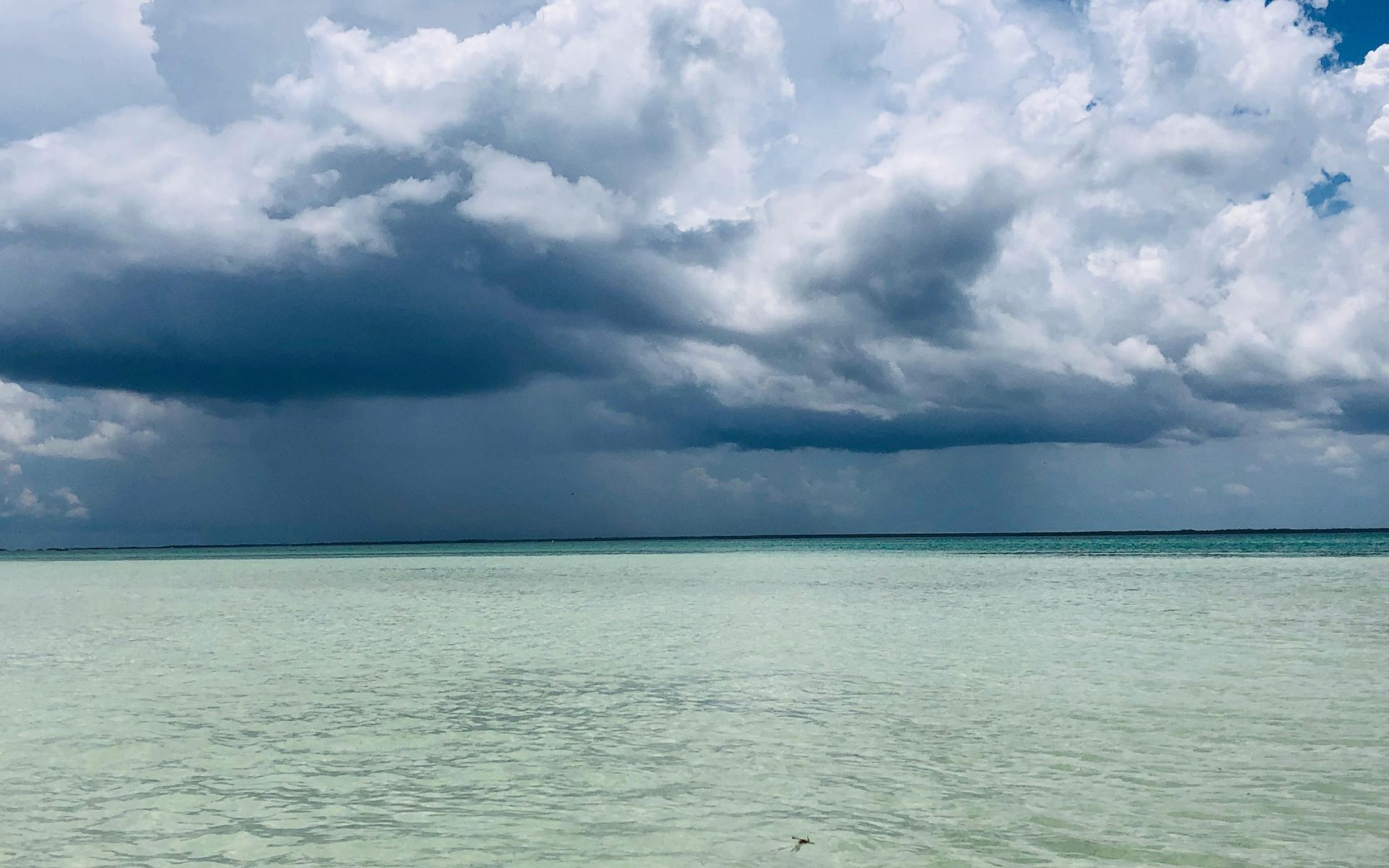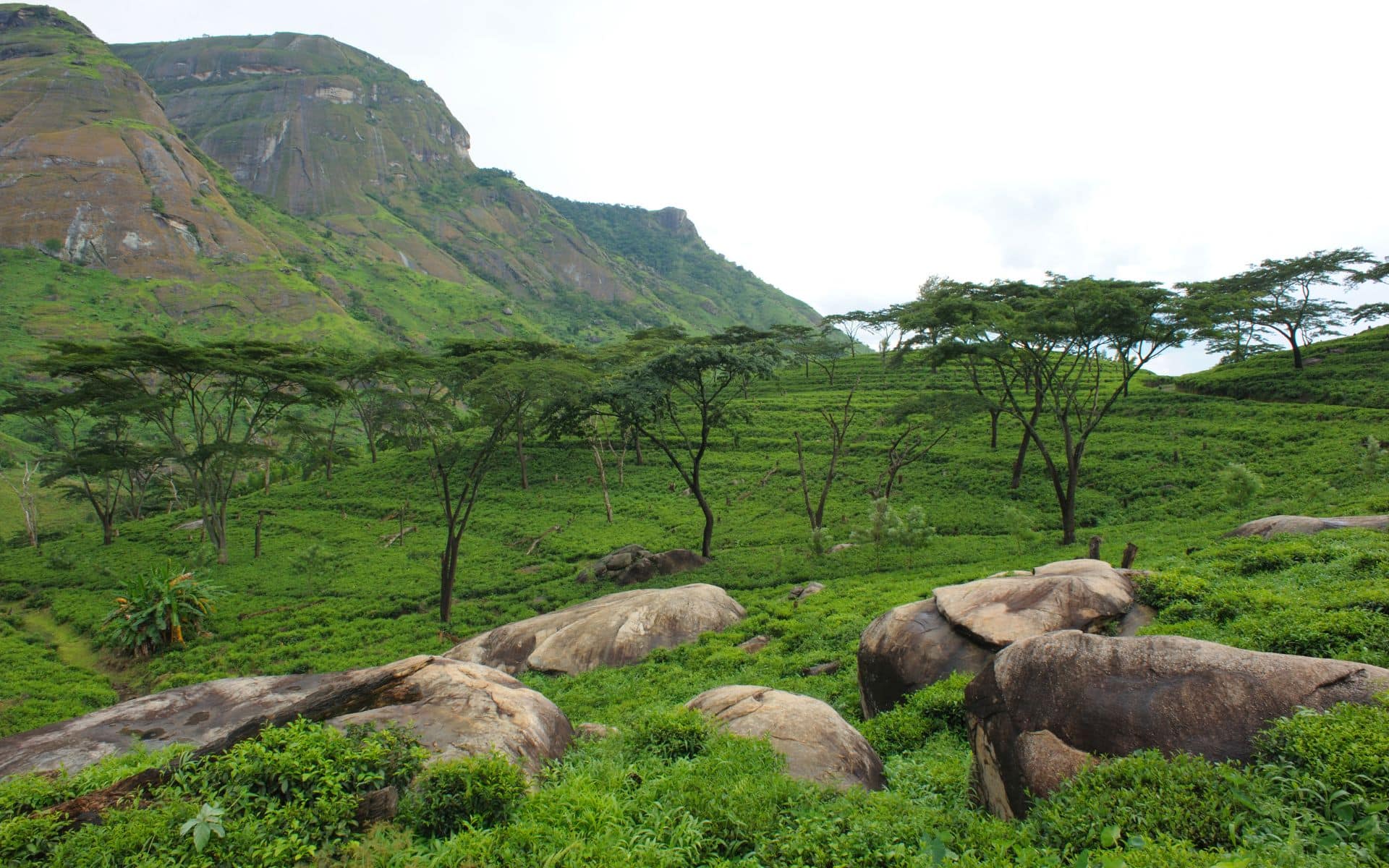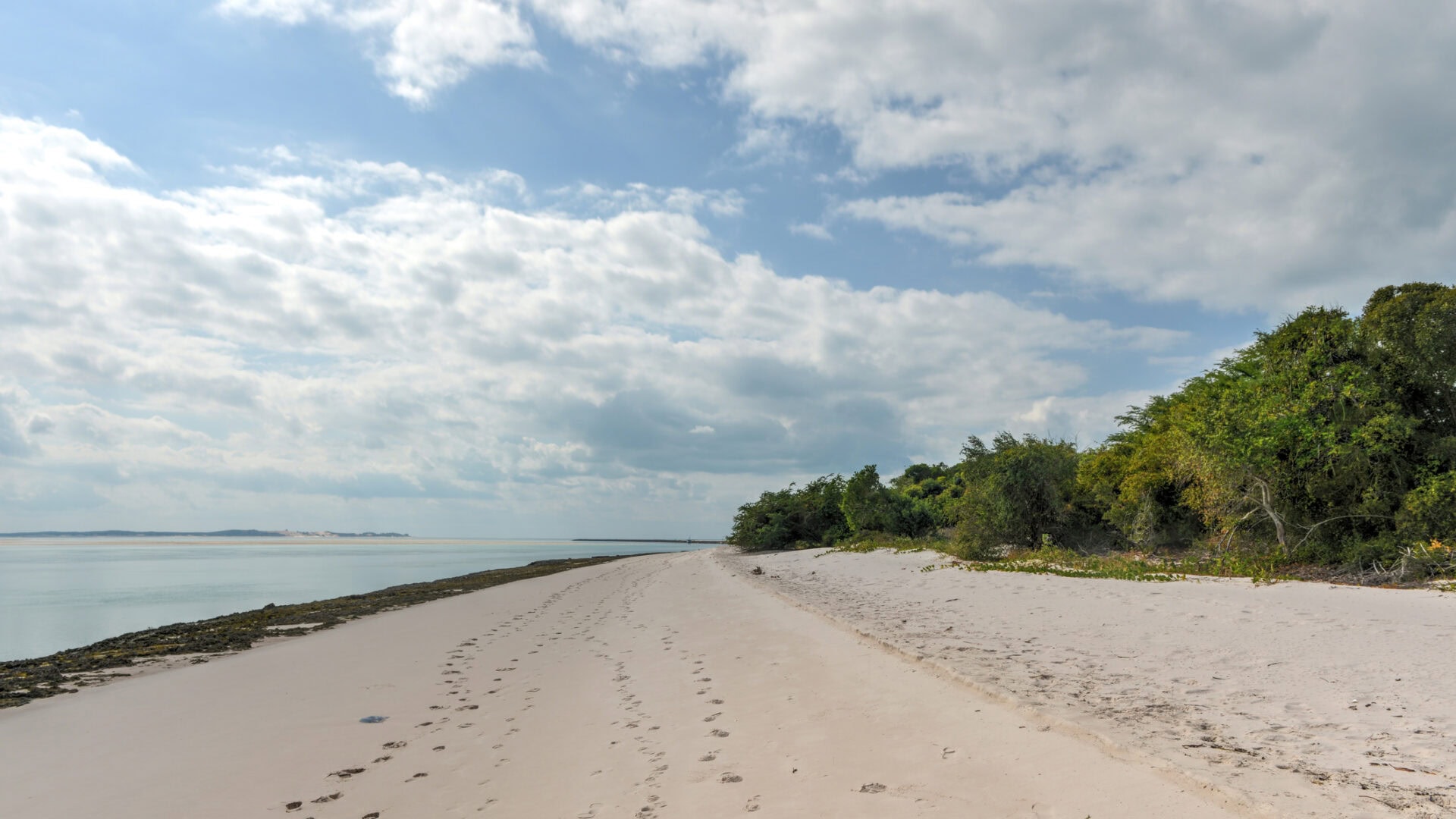November is part of the shoulder season, offering a balance between good weather and fewer tourists. The rains start to return, but the conditions remain ideal for a safari experience, and the wildlife is still abundant.
Weather in November

Temperatures begin to rise, and occasional rain showers start to appear. While the humidity increases, the weather is still relatively comfortable, with sunny days and mild evenings. Light clothing and a rain jacket are recommended.
Average Weather in November
| Temperature | Celsius | Fahrenheit | Rainfall |
| Min | 21℃ | 70℉ | 1.2 inches |
| Max | 29℃ | 84℉ | 3.5 inches |
National Parks to Visit in Mozambique During November

Gorongosa National Park
November sees the beginning of the rainy season in Gorongosa, but the park is still beautiful. Wildlife is more dispersed due to the abundant water sources, but the lush landscapes provide fantastic opportunities for photography.
Bazaruto Archipelago
November offers warm weather and clear seas for snorkelling and diving, but the beginning of the rainy season means the beaches may be quieter. It’s a peaceful time to enjoy the archipelago’s beauty without the crowds of peak season.
Maputo Special Reserve
The Maputo Special Reserve is still great to visit in November, with fewer tourists and lush landscapes. The wildlife is spread out due to the increased rain, but the park’s seclusion offers a serene safari experience.
Activities to Do in Mozambique During November
- Game drives and wildlife safaris
- Snorkelling and diving in Bazaruto
- Beach activities
- Photographic safaris










 Copy Link
Copy Link
 Share on LinkedIn
Share on LinkedIn
 Share on Facebook
Share on Facebook











